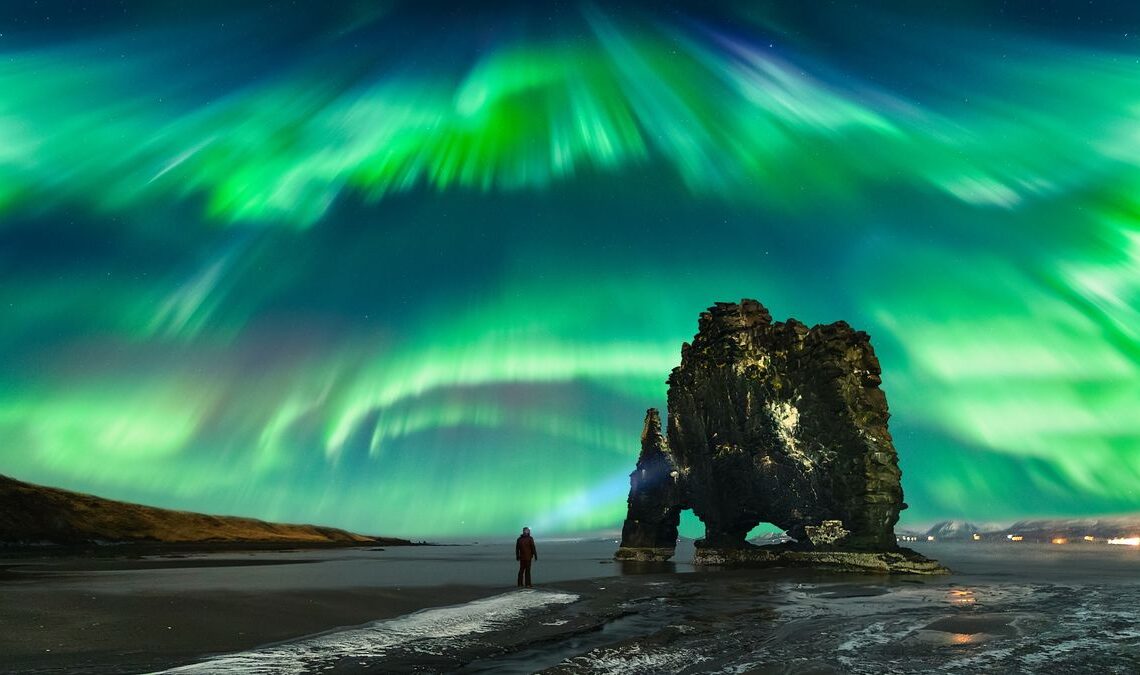There’s no doubt we’ve been treated to some remarkable aurora shows this year (the May superstorms and the recent strong activity in October spring to mind) but what if I told you this was only the beginning of some incredible northern lights activity?
In October 2024, scientists announced that the sun has reached solar maximum, a period of heightened solar activity and sunspot frequency that occurs during the sun‘s approximately 11-year solar cycle. During the solar maximum period, the sun emits more energized particles as it erupts with coronal mass ejections (CMEs) and solar flares, which can trigger geomagnetic storms and intensify aurora displays. Now that solar maximum is underway, it’s understandable that many declare THIS is the year for the northern lights. However, scientists believe the best aurora activity in this solar cycle is still to come.
Space.com spoke to solar physicist and northern lights expert Pål Brekke and solar and astrophysical researcher Scott McIntosh to learn more about when you can expect the highest auroral activity this solar cycle and how to make the very most of your aurora-hunting efforts. Spoiler alert: you may have more time than expected to plan your next trip to see the northern lights.
Pål Brekke is a Norwegian solar physicist and northern lights expert working as Lead of Space Science at the Norwegian Space Agency. Brekke has previously worked at NASA Goddard Space Flight Center as the Deputy Project Scientist for the sun-observing satellite SOHO and is the author of several books about the sun and the northern lights.
It’s good news for aurora chasers as peak auroral activity occurs a few years after solar maximum, according to Brekke. This means the best time to see the northern lights and the southern lights will be during the 2026-2027 aurora season.
But why?
The northern lights (aurora borealis) and the southern lights (aurora australis) are created when energized particles from the sun hit Earth’s atmosphere and are funneled toward the poles by our planet’s magnetic field. As the particles are redirected toward the poles, they interact with our atmosphere, by depositing energy, causing the atmosphere to fluoresce, or emit visible light. We have come to recognize this fluorescence as the northern and southern lights.
“As mentioned, the aurora activity varies with the solar cycle. However, the peak in the aurora activity (if you plot…
Click Here to Read the Full Original Article at Space…

